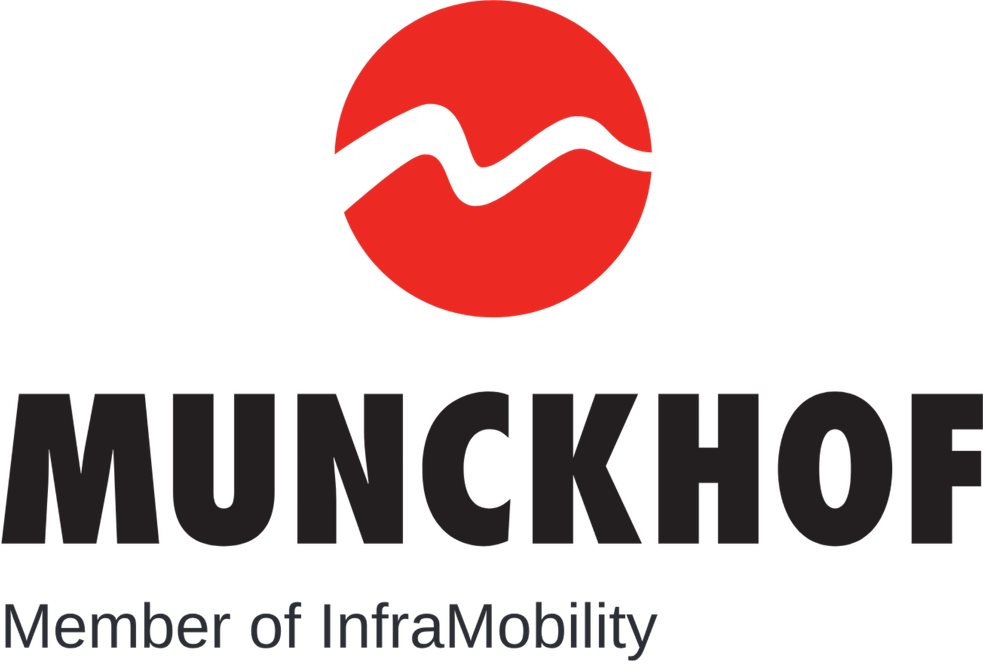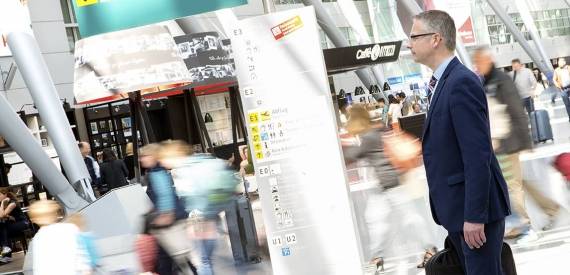The Travel Risk Management checklist
Read the blog: "Ensure safety during corporate travel by writing a Travel Risk Management strategy!"
Your organization's travelling profile
It is important to determine how your employees use travel and which rules apply before you can identify which risks your travellers are exposed to and which measures you need to take.
- How often do your employees travel?
- Which countries do your employees travel to?
- Which legislation applies in specific situations?
- How are travel risks and Duty of Care described by the law?
- Are you aware of the current situation at your travellers’ destinations?
What are the risks facing your travellers?
Several types of risks can be identified. Determine which risks your organization is exposed to and specify the response for each risk as either avoid, control, transfer or accept.
- Medical risks and risks to health
- Safety risks
- Psychological and individual risks
- Risks to financial situation and reputation
Which policy do you enforce?
When you have determined which risks your company is facing, you can decide how you want to implement the policy.
- For example, has your organization drawn up a policy concerning the health and safety of employees during corporate travel?
- Are the roles and responsibilities within your organization clearly defined on the topic of employee safety during corporate travel?
- Has a plan been drawn up for general problems concerning the health and safety of employees during corporate travel?
- Has a plan been drawn up for specific threats concerning the health and safety of employees during corporate travel?
- Is the policy regularly checked and modified when necessary?
The processes help you create the strategy
In addition to drawing up the policy plan, there are several processes or procedures that play a part in Travel Risk Management.
- Does your organization have an up-to-date travel policy?
- Does this travel policy provide instructions to avoid risks?
- Do you work with a Travel Management Company?
- Do you only work with safe airlines?
- Are all corporate travellers insured against travel risks?
- Do all travellers have the recommended vaccines or medication for their destinations?
- Are safety criteria considered when selecting hotels?
- Is the use of taxi companies at destinations limited to official taxi services?
- Are emergency contact lines available 24/7 at either your TMC or within your own organization?
- What is the maximum number of employees permitted on a single flight?
Communicating with travellers is essential
Communication is an essential part of ensuring that your Travel Risk Management strategy is successful. Consider the following examples:
- Do all employees have up-to-date knowledge of the travel policy?
- Do all employees have up-to-date knowledge of the legislation on health and safety at work and during travel?
- Are employees and their family members informed if situations arise that increase the risk level of travel destinations?
- Which means of communication are used for the aforementioned points?
- Does the organization provide regular education on emergency situations?
What to do in an emergency
If an emergency situation occurs during corporate travel, which steps must you take?
- Can the organization use tracking and locating to determine where its travellers are at all times?
- Do you follow the developments concerning the incident? Has the travel advice changed? Has the government provided specific instructions? Etc.
- Have global or local measures been adopted to control an emergency or crisis?
- Does the organization have a plan of action for crisis management that includes what the involved parties are authorized to do and what their responsibilities are?
- Does the organization have the capacity to manage the incident or is external help required?
- Is it possible to coordinate support from local parties at the destination?
- Do employees and their family members have 24/7 access to medical care and emergency plans during corporate travel?
- Does the TMC ensure 24/7 support?
- Does the TMC include an emergency service?
- Do you have a plan to evacuate travellers?
Evaluating and optimizing
Your Travel Risk Management strategy should not be set in stone. You should regularly update and modify it. Following an emergency, it is especially important to evaluate processes and identify points of improvement. Consider the following examples:
- Is the policy evaluated for efficiency?
- Are logbooks kept on emergencies and are reports written?
- Are points of improvement from the logbooks applied to the strategy?
- Are steps being taken to optimize the risk policy?
By providing this checklist, we hope to help you in drawing up your own Travel Risk Management strategy. Naturally, you can contact us so that we can draw a document up together with you.





